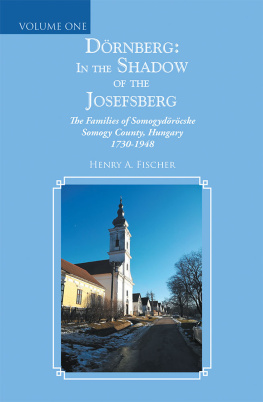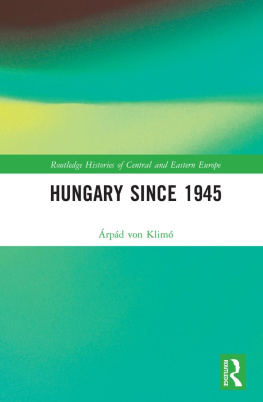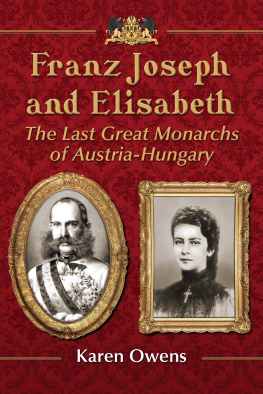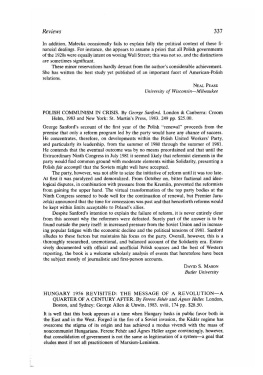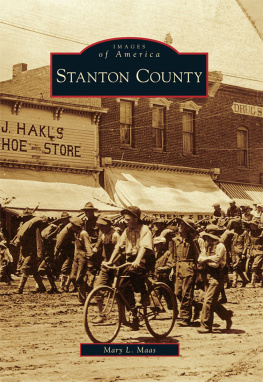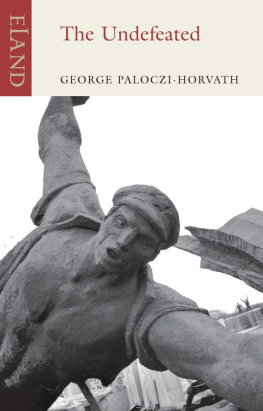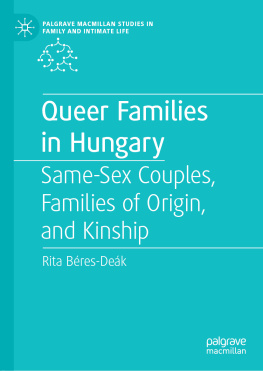DRNBERG:
IN THE SHADOW
OF THE
JOSEFSBERG
The Families of Somogydrcske
Somogy County, Hungary 1730-1948
(And affiliated congregations in Bonnya, Gadcs and Szil)
VOLUME ONE
HENRY A. FISCHER

AuthorHouse
1663 Liberty Drive
Bloomington, IN 47403
www.authorhouse.com
Phone: 1 (800) 839-8640
2019 Henry A. Fischer. All rights reserved.
No part of this book may be reproduced, stored in a retrieval system, or transmitted by any means without the written permission of the author.
Published by AuthorHouse 02/18/2019
ISBN: 978-1-5462-7560-2 (sc)
ISBN: 978-1-5462-7558-9 (hc)
ISBN: 978-1-5462-7559-6 (e)
Library of Congress Control Number: 2019900404
Because of the dynamic nature of the Internet, any web addresses or links contained in this book may have changed since publication and may no longer be valid. The views expressed in this work are solely those of the author and do not necessarily reflect the views of the publisher, and the publisher hereby disclaims any responsibility for them.
CONTENTS
Dedicated to the Descendants
of the Families of Somogydrcske
and its affiliated congregations
Now Dispersed All Over the World
Who Remember and Cherish
Their Heritage
As Children of the Danube
Unlike most publications of this nature, Dornberg: in the Shadow of the Josefsberg is addressed to English readers who are descendants of families from Somogydrcske and its affiliated congregations and communities located in Somogy County in Hungary.
The forebears of Somogydrcskes families were participants in what is now known as the Schwabenzug (Great Swabian Migration) of the 18 th Century. They left their various German homelands behind and made their way down the wide majestic Danube River into the Kingdom of Hungary at the invitation of a series of Habsburg rulers to establish a new Heimat (Homeland) for themselves and their families. These families came from numerous parts of what is now south western Germany but primarily from the Duchy of Hessen as the genealogical information this work contains clearly indicates.
They maintained their traditions, faith, language and German identity and developed a unique culture all their own in the centuries that followed. The Hungarians would refer to all of these German settlers and their descendants as Svbok which was a reference to the first German settlers who arrived in Hungary during the first settlement period who just happened to have been Swabians from the Black Forest area. Even though the vast majority of the families in Somogydrcske and its affiliated congregations were of non-Swabian origin they adopted the term for themselves only pronouncing it in the Hessian manner: Schwova . They did not somehow become Swabians but steadfastly remained being Germans. In their own minds they were Ungarn Deutsche : Germans in Hungary or Hungarys Germans.
In the 1920s an ethnology researcher in Vienna assigned the term Donauschwaben (Danube Swabians) to identify the descendants of the German settlers who migrated down the Danube River into Hungary during the 18 th Century. This designation was, however, totally unfamiliar to the families in Somogydrcske, nor would they have ever identified themselves as such. In order to differentiate this unique branch of the German speaking population in Hungary whose history was vastly different from that of the majority of the Danube Swabians, the author coined the term, Children of the Danube.
For that reason, in this published work, the families are simply identified as being German. It was the language they spoke, the term they would have used in answer to the question of their nationality whenever they were asked by their descendants in the United States, Canada or Australia for whom this work is written and to whom it is dedicated.
There were two major political decisions that were made by the powers that be in Europe that first gave birth to the emergence of the German Lutheran congregations in Somogydrcske and its affiliates and the later forced expulsion of the major portion of their village populations.
The first of these governmental policies that had far reaching effects was the Edict of Toleration which was decreed in Vienna by the Habsburg Emperor Joseph II on January 2, 1782. The Edict granted a measure of religious freedom to non-Roman Catholics in Hungary by granting them the right to form themselves into recognized congregations if they consisted of one hundred families or more and received the personal consent of the Emperor to do so. This allowed them to call pastors as well as erect facilities in which to carry out their religious observances. But their building could not have a steeple or bells, nor have the outward appearance of a church and could not be located on or face the main street of the community. There were numerous other conditions, hindrances, restrictions and obligations with which the congregations and the pastors also had to comply on an ongoing supervised basis.
The Edict or Patent of Toleration was only one of thousands of decrees, Royal Patents, laws and enactments that flowed freely from the reactionary Emperors fertile mind and pen in his attempt to put the aims of the 18 th Century Enlightenment into effect in his realm. All of his attempts at reform were met with stiff resistance from vested interests in both Church and State and resulted in numerous setbacks if not political disasters for him so that in the end the Royal Revolutionary as Joseph II was called, completely despaired of his lifes work on his deathbed and repudiated all of them ~ except for one.
That one exception was the Edict of Toleration which rescued the Protestants in his Empire from the death grip of the centuries-old machinations of the Counter Reformation and hundreds of underground Lutheran and Reformed congregations emerged overnight all across Hungary. Somogydrcske would be one of them.
German Lutheran settlers first appeared in Drnberg, later known as Somogydrcske, beginning in the early 1730s. Initially, they were primarily Hessians who had first settled in neighbouring Tolna County along with families from Baden, Wrttemberg and the Rhine Palatinate. Many of the later arrivals were born in Hungary while a few of the families had recently come from one of the German principalities along the Rhine in the ongoing Schwabenzug . In addition there were also families that came from Ktcse, another Hessian Lutheran settlement just south of Lake Balaton in the northern part of Somogy County that had been established some time before 1725.
At the outset the settlers formed themselves into a Lutheran congregation and one of the settlers acted as the emergency Levite Lehrer , teaching the children and acting as the lay worship leader. He did so secretly and passed himself off as just another peasant farmer. His identity remains unknown to us and there were several others who succeeded him in the decades that followed. At the same time they were placed under the spiritual jurisdiction of the Roman Catholic priest in the nearby parish of Trkkoppny where the earliest references to the Lutherans in Drnberg can be found in the church records.
A delegation from the villages of Drnberg, Ktcse and Ecsny went to Vienna and sought an audience with the Empress Maria Theresia, which after several delays was finally granted them on May 7, 1775. The delegates presented the Empress with a petition asking for permission to call a theologically trained Levite Lehrer to serve in each of their congregations. In the petition they presented we discover that at that time Drnberg could boast of a population of 365 inhabitants. This document is preserved in the Royal Imperial Archives in Vienna but regretfully they were unsuccessful in securing the Empress approval of their request.
Next page
